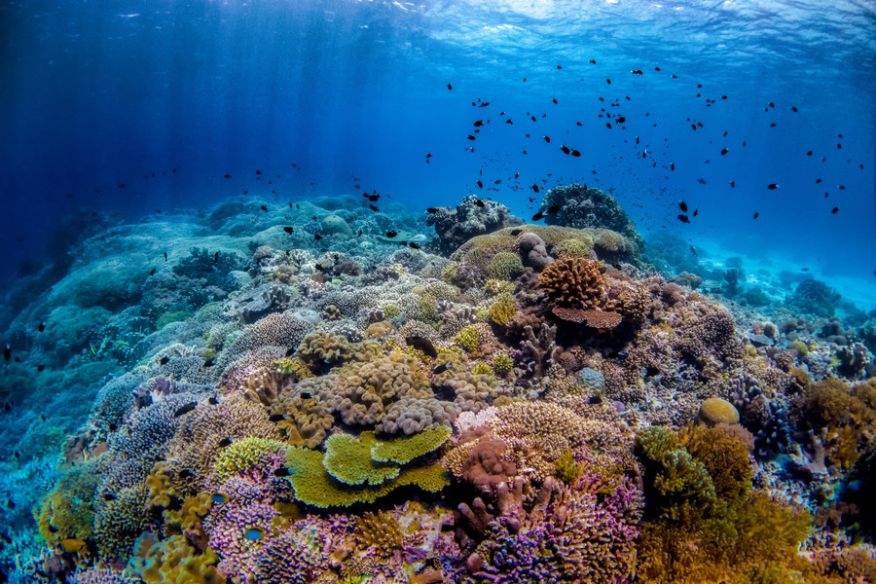Many of the dive sites we most value around the world are classified by UNESCO, but what does that actually mean? Using the Philippines' Tubbataha Reefs Natural Park as an example, we take a quick look at why it was chosen as a UNESCO World Heritage Site.
Who are UNESCO?
The United Nations Educational, Cultural, and Scientific Organization (UNESCO) is a specialized agency that aims to promote peace and international cooperation outside political boundaries, supporting sustainable development, defending human rights, and protecting areas of scientific and national importance. One of its key programs is the maintenance of a World Heritage List, an evolving collection of 'properties' identified as being representative of the world's cultural and natural treasures.
How does a 'property' achieve the list?
There are currently 1,121 sites on the list, and each one was chosen because it offers outstanding universal value and falls under at least one of UNESCO's 10 selection criteria. Tubbataha Reefs Natural Park satisfies three criteria, so let's take a closer look at them.
Criterion (vii) to contain superlative natural phenomena or areas of exceptional natural beauty and aesthetic importance.
In other words, it's a beautiful area!
Anyone who has experienced diving Tubbataha Reefs will vouch for the area's stunning topside scenery and breathtaking underwater reefscapes, perfect for wide-angle photography. Pristine reefs covered in vibrant coral gardens stretch above dramatic drop-offs and walls, creating a dynamic and exciting underwater landscape. The marine diversity in Tubbataha is world class, boasting over 700 species of fish, crustacean, marine mammals, and every other type of sea creature imaginable. And all this covers nearly 100,000 hectares of healthy, uninhabited marine habitat.
Criterion (ix) to be outstanding examples representing significant on-going ecological and biological processes in the evolution and development of terrestrial, fresh water, coastal and marine ecosystems and communities of plants and animals.
The plants, animals, and their environment are very healthy.
With its unique geographical location at the heart of the Coral Triangle, Tubbataha Reefs is one of the oldest and best preserved marine ecosystems in the Philippines. Virtually undisturbed by human intervention, the reefs are a vital breeding ground for many Sulu Sea species, and display ongoing examples of reef formation. Many top predators such as tiger sharks and hammerhead sharks are present in Tubbataha waters, a key indicator that the ecosystem is thriving.

Criterion (x) to contain the most important and significant natural habitats for in-situ conservation of biological diversity, including those containing threatened species of outstanding universal value from the point of view of science or conservation.
The area is important for rare or endangered species.
The species diversity found around Tubbataha Reefs Natural Park is exceptional, and many species are found in higher numbers here than anywhere else in the world. Juvenile endangered hawksbill and green turtles, and the threatened Napoleon wrasse are found throughout the area, as well as the highest population density of whitetip reef sharks anywhere on the planet. Topside, all seven of the bird species that seek sanctuary to breed on the islands are endangered, including the critically endangered Christmas Island frigatebird.
To visit this extraordinary area and experience the stunning beauty and extraordinary marine life for yourself, Bluewater Travel can help you book a Tubbataha liveaboard trip.
Check out Bluewater Photostore's latest action camera packages.
Much of the information in today's blog has been referenced from the UNESCO website.






Comments